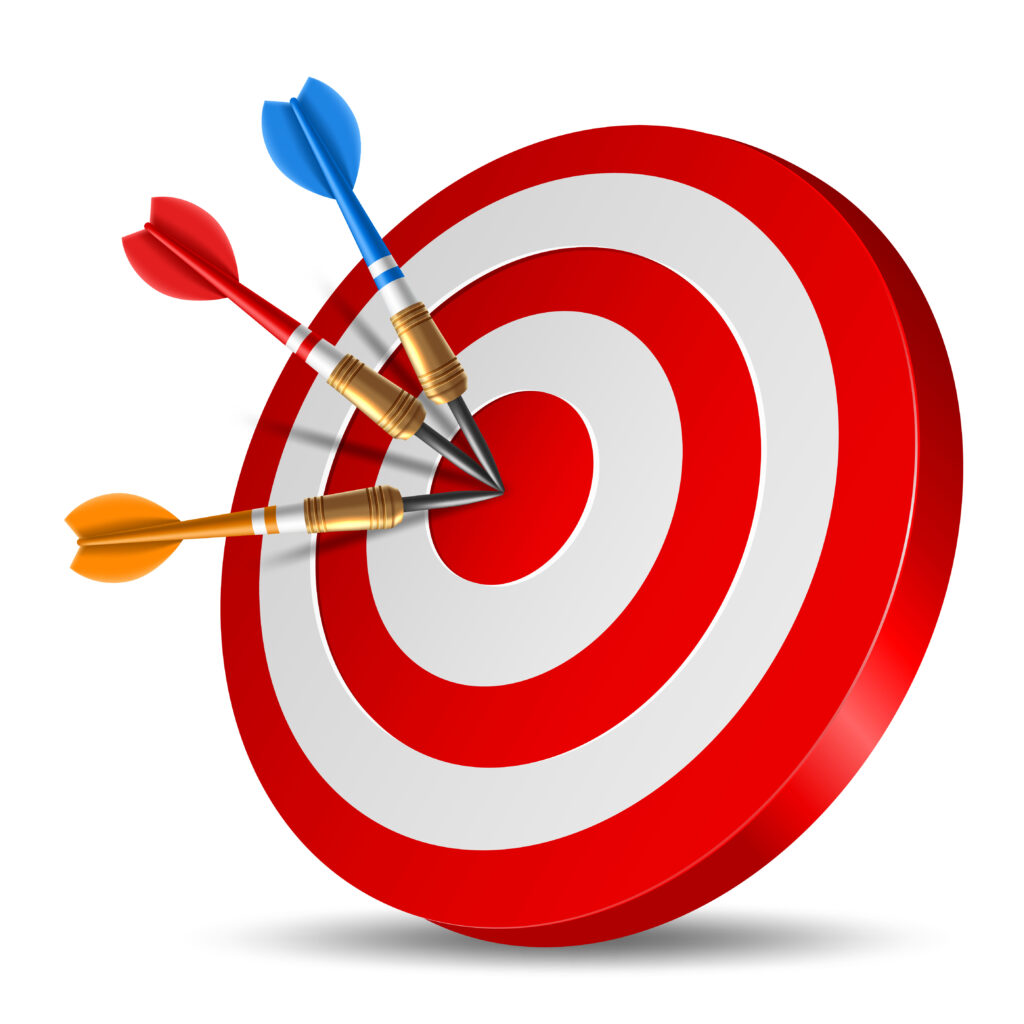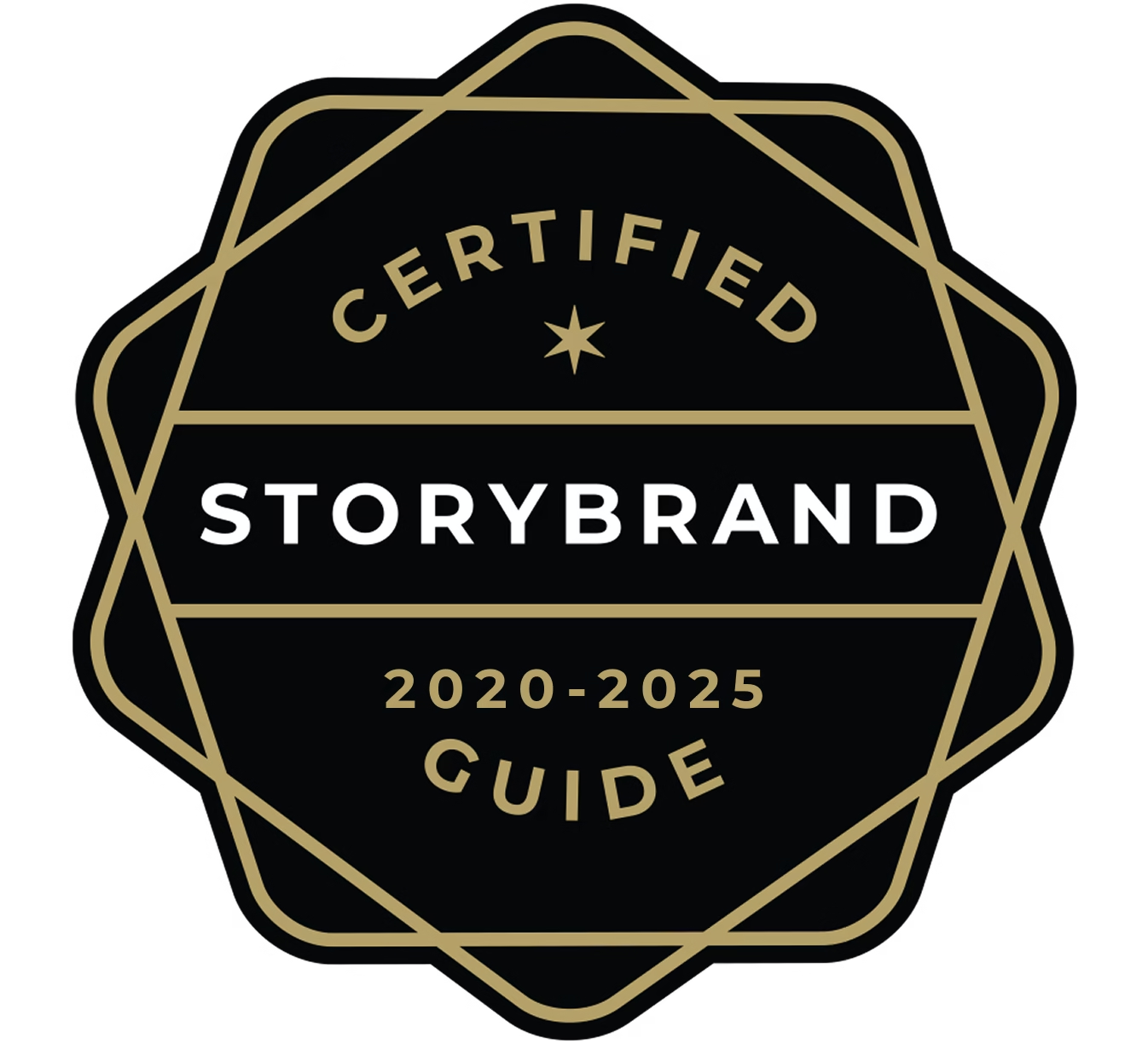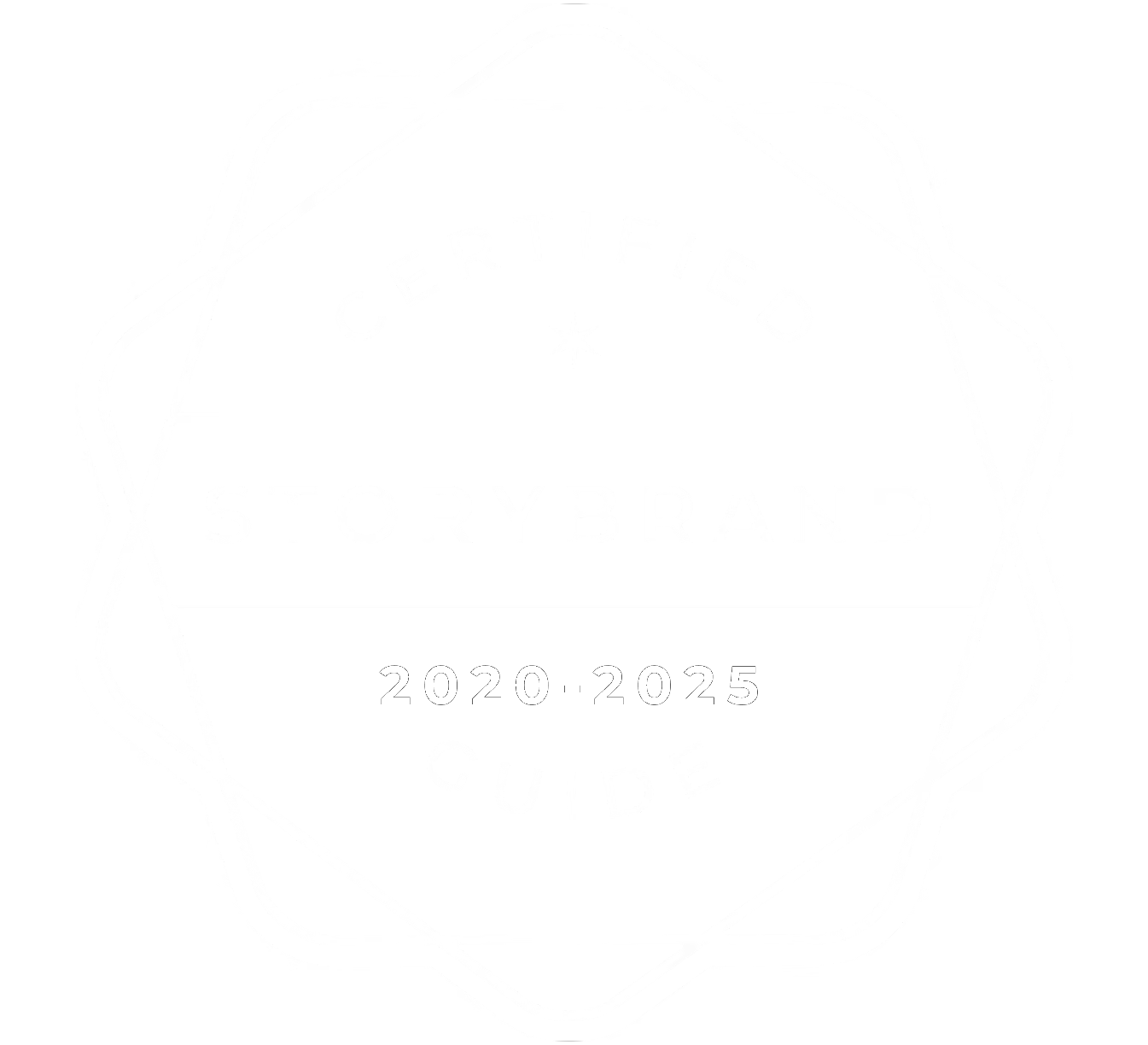If you’re running a business and you’re not actively thinking about your marketing strategy, you’re already behind the curve. In today’s ultra-competitive market, the difference between thriving and barely surviving often boils down to one thing: a killer marketing strategy.
But what does that even mean? Is it about running Facebook ads, posting on TikTok, or sending out emails that no one reads? Nope, those are just tactics. A marketing strategy is the big picture. It’s your roadmap for turning strangers into loyal customers and, ultimately, making your business unstoppable.
By the end of this guide, you’ll not only understand what a marketing strategy is, but you’ll also know why it’s essential, how to build one, and how to crush your competition (because, let’s be honest, that’s the goal). Let’s dive in.
What Is a Marketing Strategy?
A marketing strategy is a long-term plan for your business that aligns your goals with specific actions to attract, convert, and retain customers. It’s not about throwing spaghetti at the wall and hoping something sticks. Instead, it’s about being intentional and choosing the right channels, messaging, and tactics to achieve your objectives.
Think of It Like This
To thoroughly know and understand the meaning of a marketing strategy, think of your business as a sailboat. Your marketing strategy is the compass guiding you toward your destination. The tactics? They’re the oars, sails, and crew. Without a strategy, you’re just floating aimlessly, hoping to land somewhere good. Spoiler: Hope isn’t a winning business plan.
Why Are Marketing Strategies Important?

Did you know? 88% of businesses fail because they lack a proper strategy. That’s not some made-up stat. It’s the brutal reality of running a business without a plan. Here’s why having a marketing strategy matters:
1. Consistency Is Key: Businesses with clear strategies deliver cohesive brand messaging across all channels. No more confusion about who you are or what you offer.
2. Maximize ROI: Every dollar you spend on digital marketing works harder when it’s part of a well-thought-out plan. Why waste money on random ads that don’t convert?
3. Adapt to Market Changes Faster: A solid strategy makes it easier to pivot when trends shift or competitors make bold moves.
4. Stay Ahead of Competitors: In a world where everyone’s vying for attention, a strategy ensures you stand out instead of blending in.
Quick Stat to Blow Your Mind
Companies with documented strategies are 313% more likely to succeed than those without.
Marketing Strategy vs. Tactics: What’s the Difference?
Here’s the deal: many people confuse strategy with tactics, but they’re not the same thing.
Strategy is your big-picture game plan.
Example: “We’ll dominate LinkedIn to attract enterprise clients.”
Tactics are the day-to-day actions that bring your strategy to life.
Example: “Post three times a week, run sponsored InMail campaigns and host webinars.”
Take it like a football game. Your strategy is the coach’s overall plan to win. Your tactics are the specific plays the team runs during the game.

6 Core Components of a Winning Marketing Strategy
If you’re serious about success (and I know you are), your marketing strategy needs to include these six key elements:
1. Market Research: Understand your industry, competitors, and target audience inside and out. You can’t win if you don’t know the playing field.
2. Audience Personas: Know who you’re talking to. What are their problems, pain points, and goals? Create hyper-targeted personas to guide your messaging.
3. Unique Value Proposition (UVP): What makes you different (and better) than anyone else? Your UVP is your superpower; use it wisely.
4. Channel Selection: Not all channels are created equal. Focus on the ones that make sense for your audience — SEO, social media, email, or paid ads.
5. Budget Allocation: Be strategic with your spending. A good rule of thumb is to spend 70% on proven tactics, 20% on emerging channels, and 10% on experiments.
6. KPIs and Metrics: Track what matters, such as customer acquisition cost (CAC), lifetime value (LTV), and conversion rates.
Marketing Strategy Examples
Sometimes, the best way to understand something is to see it in action. Here are a few examples of interesting marketing strategies from big brands:
| Brand | Strategy | Goal | How They Did It |
Starbucks | Mobile Order & Pay | Increase customer retention | Enabled pre-ordering via the app, offered rewards, and used push notifications to encourage repeat purchases. |
HubSpot | Inbound Marketing Flywheel | Scale organic lead generation | Provided free tools (CRM), created SEO-driven content, and nurtured leads through email marketing. |
Slack | Viral Referral Program | Drive user growth | Used a freemium model and incentivized users to invite teammates, making it essential for team collaboration. |
How to Create a Marketing Strategy (7 Steps)

Ready to build your own marketing strategy? Follow this step-by-step framework:
Define SMART Goals
Make your goals Specific, Measurable, Achievable, Relevant, and Time-bound. This provides a clear direction and benchmarks for success. A well-defined goal avoids ambiguity and ensures everyone is on the same page.
Analyze Competitors
Use tools like SEMrush or SpyFu to see what’s working for your competitors and where you can improve. Understanding their strategies helps identify opportunities and avoid pitfalls. Competitive analysis allows you to differentiate your brand and offerings.
Develop Audience Personas
Get crystal clear on who you’re trying to reach. Knowing your target audience’s demographics, interests, and pain points enables targeted messaging. Detailed personas inform channel selection and content creation.
Choose Primary Channels
Focus on 2-3 channels where your audience spends the most time. Concentrating your efforts maximizes impact and avoids spreading resources too thin. Strategic channel selection ensures you reach the right people.
Allocate Your Budget:
Invest in what works, but leave room for experimentation. Budget allocation should align well with your goals and prioritize high-performing channels. Flexibility allows you to adapt to ever-changing market conditions.
Create a Content Plan:
Map out blog posts, social media campaigns, email sequences, and more. A content calendar ensures consistent messaging and a steady flow of valuable content. Planned content supports your marketing objectives and engages your audience.
Measure and Iterate:
Use data to optimize your strategy over time. Tracking key metrics provides insights into what’s working and what’s not. Regular analysis enables data-driven decision-making and continuous improvement.
Top 3 Mistakes That Kill Marketing Strategies
Even the best plans can fail if you’re making these mistakes:
1. Ignoring Data: Your gut feeling isn’t a strategy. Use complex data to make decisions.
2. Copying Competitors: What works for them might not work for you. Focus on your UVP.
3. Inconsistent Branding: Confused buyers don’t convert. Keep your messaging consistent across all channels.

Pro Tip: Review Your Strategy Quarterly Or Risk Obsolescence
Even the most brilliant marketing strategy can’t survive market shifts, algorithm updates, or changing consumer behaviors. Block time every 90 days to audit your KPIs, analyze competitor moves, and tweak your plan. Companies that review their strategies quarterly are 33% more likely to hit revenue targets.
The Bottom Line: Your Marketing Strategy Is Your Secret Weapon
Without a marketing strategy, your business is like a ship without a compass — lost at sea. But with a clear, actionable plan, you’ll not only navigate the waters of your industry but also dominate them.
So, what’s next? Execution. You’ve got the knowledge; now it’s time to implement it. Need help? That’s where we come in.
Dominate the digital landscape like never before? Let’s Build Your Strategy Together!
You’ve just learned what a marketing strategy is and why it’s essential. Now, it’s time to execute like a pro. 95% of businesses fail without expert guidance. Don’t be one of them.
At Straight4ward Consulting & Marketing, we are committed to making your business unstoppable.













